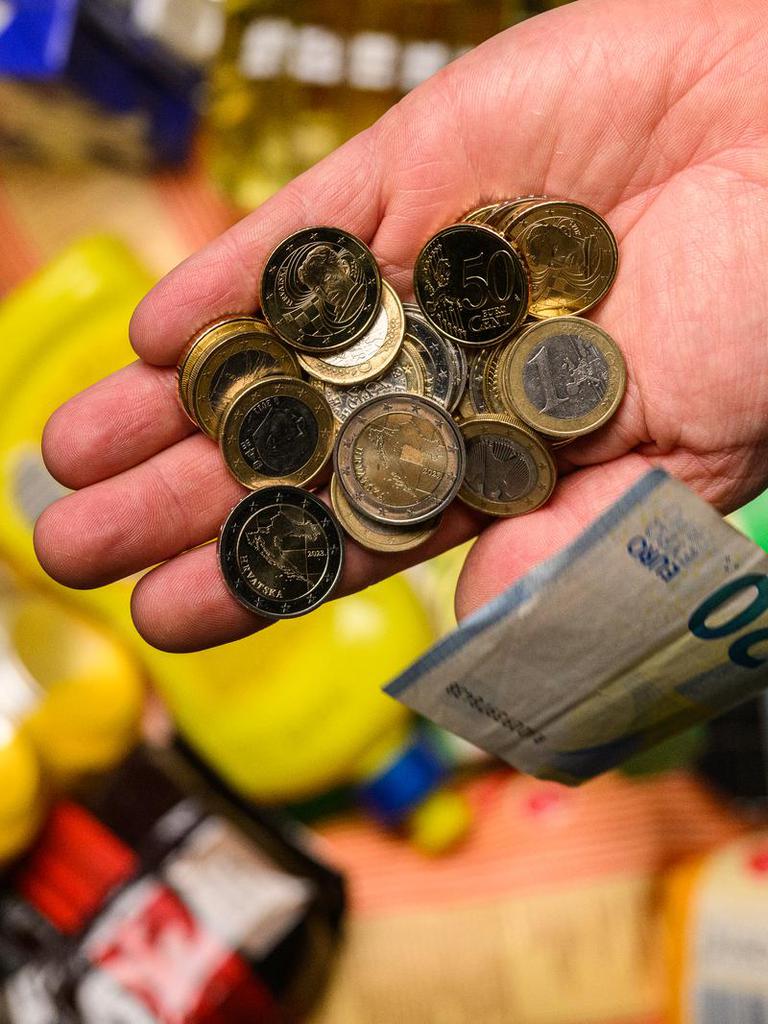
On Saturday at midnight, the kuna officially went down in history, as the two-week period of dual circulation in which citizens could pay for products and services in kuna in addition to euros ended As of today, payments are made exclusively in euros
Where and how to exchange kuna from January 15 If you have any banknotes or kuna coins left in your wallet, they can be exchanged for euros in banks, post offices and Fina throughout the year, and in the next three years at the Croatian National Bank
The main role in the currency exchange process will be played by banks, Fina and Hrvatska pošta dd, in whose offices during the first twelve months from the day of the introduction of the euro currency exchange can be carried out free of charge with the application of a fixed conversion rate The number of kuna banknotes and coins that can be exchanged for euro cash in one transaction free of charge will be limited to a maximum of 100 banknotes and 100 coins in the Croatian Post and Fina, while in banks the exchange can be made for an unlimited number of pieces without charge
However, it should be noted that citizens will be able to convert kuna cash into euros without any restrictions or fees by depositing money into bank accounts VIDEO: Traders are wary of the banknote they call 'Bin Laden', the CNB has also announced everything From January 1, 2024, banks, Fina and Croatian Post will stop providing currency exchange services, and kuna banknotes and coins can only be exchanged at the CNB -a, and that too free of charge
The CNB will permanently exchange kuna banknotes, while coins will be able to be exchanged within three years from the date of introduction of the euro, i e
until December 31, 2025 years
As of January 15, all ATMs that were temporarily closed due to the introduction of the euro should be in operation As of today, the possibility of withdrawing cash with debit cards at ATMs of other banks without a fee is abolished
At the moment, ATMs will only dispense 10 and 20 euro banknotes, and from April, 50 euro banknotes will also be added to them A hundred euro banknote will only be offered exceptionally and in places where bankers estimate that a lot of people are withdrawing a lot of money
Where will kuna coins and banknotes end up? The Croatian National Bank (HNB) has been withdrawing coins from circulation for weeks and storing them in a hundred-meter-long hall in the barracks of the HV Croatia in Novi Zagreb - So far, about 2,600 tons of kuna coins have been withdrawn from circulation, and our citizens are still massively depositing and exchanging kuna coins in banks
We expect that these kuna coins will reach the CNB in the next few weeks, the CNB says Half of the planned tons of coins were withdrawn from circulation, out of the amount that they had estimated at 5,200 tons with a total value of 1
1 billion kuna, or about 146 million euros
As for kuna banknotes, which are worth significantly more than coins, they are successively destroyed in parallel with their withdrawal from circulation on banknote processing systems that have the possibility of their destruction and which count each cut copy Withdrawn kuna banknotes are deposited in a special area in the CNB's vaults and then go for cutting
REMEMBER: You can spend kuna today, and a big change awaits citizens starting tomorrow at ATMs Your browser does not allow you to view this content
INTERVIEW: Petar Vušković Inflation is now "fed" by personal consumption

0 Comments